Storing great quantities of rhubarb chunks frozen in the freezer can be a challenge, as the bags are very bulky. Storing the rhubarb as home-canned instead can be very space efficient.
Wondering what you would do with home-canned rhubarb? See uses for home-canned rhubarb below.
If you are harvesting your rhubarb a little at a time, you can store it in the freezer until you have enough. Remove leaves, wash and cut it into 2 to 3 cm chunks (about 1 inch), then freeze as is without blanching. Don’t thaw before measuring for canning quantities.
Note: remember that the leaves are toxic if ingested. Do not try to use them or feed them to animals.
- 1 Quantities of rhubarb needed
- 2 The recipe
- 3 Canning Rhubarb with sugar
- 4 Notes
- 5 Pressure canning process
- 6 Sugar-free method for home-canning rhubarb
- 7 Canning Rhubarb sugar-free.
- 8 Recipe notes
- 9 Reference information
- 10 Uses for home-canned rhubarb
- 11 Recipe Source
- 12 Nutrition
- 13 Further reading
Quantities of rhubarb needed
Numbers are approximate guidelines.
On average, as a very rough guideline, expect to need about 800 g (1.5 lbs) of rhubarb per 1 litre (US quart) jar of canned rhubarb pieces. About 400 g (¾ lb) per half-litre (US pint) jars.
- 5 kg (10.5 lbs) of rhubarb stalks = 7 litres (US quarts) canned rhubarb
- 3 kg (7 lbs ) of rhubarb stalks = 9 x half-litres (US pints) canned rhubarb
- 1 lug = 13 kg (28 lbs) = 14 to 28 litres (US quarts) canned rhubarb
400 g / ¾ pound of rhubarb stalks (leaves trimmed away) = 4 large or 8 small stalks = 4 cups (1 US quart) raw chopped into 3 cm (1 inch) pieces = 2 cups cut and cooked = 1 half-litre / pint jar
To use a jar of home-canned rhubarb in recipes calling for starting from fresh rhubarb, follow this guideline: a half-litre (1 pint) jar = 4 cups / 400 g / 14 oz. raw, chopped = 4 large stalks, or 8 small stalks
The recipe
Jar size choices: Either half-litre (1 US pint) OR 1 litre (1 US quart)
Processing method: Water bath or steam canning
Yield: varies
Headspace: 2 cm / ½ inch
Processing time: Either size jar, 15 minutes.
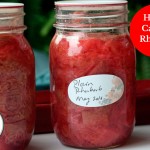
Canning Rhubarb with sugar
Instructions
- Trim off and discard leaves. Wash stalks; cut into pieces about 3 cm (1 inch) in size. This is a rough guide; no need to be exact.
- Measure out by volume how much rhubarb you have, and place into large pot off the heat.
- For each litre / quart volume (400 g / ¾ pound weight) of rhubarb you have placed in the pot, add about 100 g (½ cup) of sugar. [You do not have to be precise down to the micron: the key control factors for safety here are acidity and heat processing.]
- Stir sugar in, let pot stand off the heat.
- When some juice has appeared, put pot on stove over medium-heat, stirring frequently, and raising heat as more juice appears.
- Heat the mixture slowly to a boil.
- When it is boiling, the rhubarb will have been heated enough for packing. Don't cook it past that. You want stewed rhubarb pieces, not syrup.
- Pack the boiling hot rhubarb into ready jars, trying to ensure that each scoop has a roughly equivalent amount of solids and juice.
- Leave 2 cm (½ inch) headspace.
- Debubble, adjust headspace.
- Wipe jar rims.
- Put lids on.
- Process in a water bath or steam canner .
- Process either half-litre (US pint) or litre (US quart) jars for 15 minutes. Increase time as needed for your altitude.
Nutrition
Notes
If your rhubarb is of a variety with greener stalks, then it is normal for your home canned rhubarb to look more greeny-brown than the pretty pink photos jars that people always post of their jars. Remember: they’re only picking the prettiest-looking jars to put on Instagram.
Pressure canning process
The USDA also offers a pressure canning process. The preparation method is the same. See here for pressure-canning rhubarb time and pressures. Note that in our experience however, the fastest overall start to finish processing times are achieved with steam canning. And to be clear, the pressure canning times the USDA gives are intended as an equivalent to water-bath processing. The pressure canning method will not make the rhubarb any safer than by water bathing.
Sugar-free method for home-canning rhubarb
The following directions show how to can plain, stewed rhubarb without sugar. Rhubarb presents a challenge in that sugar draws out the liquid needed to start the whole prepping procedure. We’ve come up with a way around that. These directions follow the USDA methods to the T exactly except for one preparation deviation: instead of using a truckload of sugar to draw liquid for canning out of the rhubarb, the rhubarb is frozen first to soften it and release the juices needed for canning.
Being plain, with no added sugar, gives rhubarb maximum flexibility for future use in recipes.
You need to start this method recipe at least half-a day ahead, or, overnight, simply to allow the rhubarb time to freeze.
P.S. Yes it is fine to can fruit without added sugar.
Jar size choices: Either half-litre (1 US pint) OR 1 litre (1 US quart)
Processing method: Water bath or steam canning
Yield: varies
Headspace: 2 cm (½ inch)
Processing time: Either size jar, 15 minutes.

Canning Rhubarb sugar-free.
Instructions
- Trim off and discard leaves. Wash stalks; cut into pieces about 3 cm (1 inch) in size. This is a rough guide; no need to be exact.
- Put the rhubarb to be canned in a bag or container and put in the freezer. Let freeze for 6 to 8 hours, or, overnight.
- Put the rhubarb in a microwave-safe jug or bowl, and zap in microwave just enough to mostly thaw it -- don't cook. About 3 to 4 minutes per batch. Lots of liquid should come out.
- Put the rhubarb solids PLUS the liquid in a large-enough pot on the stove.
- Heat slowly and gently to boiling.
- When it is boiling, the rhubarb will have been heated enough for packing. Don't cook it past that. You want stewed rhubarb pieces, not syrup.
- Pack the boiling hot rhubarb into ready jars, trying to ensure that each scoop has a roughly equivalent amount of solids and juice.
- Leave 2 cm (½ inch) headspace.
- Debubble, adjust headspace.
- Wipe jar rims.
- Put lids on.
- Process in a water bath or steam canner.
- Process either half-litre (US pint) or litre (US quart) jars for 15 minutes. Increase time as needed for your altitude.
Nutrition
Recipe notes
- If desired you could add a bit of sweetener of your choice, to taste, to take the edge off the sourness. (Don’t use Saccharin or aspartame-based sweeteners owing to their poor quality after canning.) Consider honey, liquid stevia, Splenda, sugar, etc. Add while heating the rhubarb to give the sweetener time to dissolve.
- Instead of heating the rhubarb in the microwave, you could of course use a pot on the stove top.
- The freezing breaks down the cell walls and releases the juice — replacing the function of what white refined sugar would do.
- Pressure canning can be used to process the jars. See here for pressure-canning rhubarb time and pressures.
- Home-canned fruits such as rhubarb with no added sugar will darken in storage faster than those with added sugar, as sugar helps to preserve colour (if not your waistline). For tips on how to mitigate this, see: Preventing fruit darkening in storage. If you using Ball / Bernardin Fruit Fresh, their recommendation is 1 teaspoon per cup (250 ml) of liquid. There’s about that much liquid in a 500 ml / pint jar, so try 1 teaspoon per 500 ml / pint jar; 2 teaspoons per 1 litre / quart jar.
Reference information
How to water bath process.
How to steam can.
When water-bath canning or steam canning, you must adjust the processing time for your altitude.
How to pressure can.
When pressure canning, you must adjust the pressure for your altitude.
More information about Sugar and Salt-Free Canning in general.
Uses for home-canned rhubarb
Home-canned rhubarb is really useful to have on hand for use in cakes, cheesecake toppings, cobblers, crumbles, custards, flans, pies, puddings, muffins, and even in other canning recipes such as pie fillings and chutneys that call for rhubarb.
Consider perhaps including a half-litre (pint) jar in with the berries you use for the filling in an English bread summer pudding.
Or, sweeten as desired, and just serve in a bowl as stewed-rhubarb with a dollop of custard, cream or yoghurt on top.
To use a jar of home canned rhubarb in recipes calling for starting from fresh rhubarb, follow this guideline: a half- litre (1 pint) jar = 4 cups / 400 g / 14 oz raw, chopped = 4 large stalks, or 8 small stalks
Recipe Source
Rhubarb – Stewed. United States Department of Agriculture (USDA). Complete guide to home canning. Agriculture information bulletin No. 539. 2009. Page 2-22.
Modifications made:
- for with-sugar version, none;
- for sugar-free version, swapped sugar out, replaced with freezer stage to release juice.
Nutrition
With sugar
Serving size: 250 ml / 1 cup (About half of a drained half-litre / US pint jar).
Per 250 ml / 1 cup: 53 calories, 8 mg sodium
Sugar-free nutrition
Serving size: 250 ml / 1 cup (About half of a drained half-litre / US pint jar).
Per 250 ml / 1 cup: 42 calories, 8 mg sodium
Weight Watchers Points®: 0 points (rhubarb with no added sugar is free on Weight Watchers.)
* Nutrition info provided by My Fitness Pal

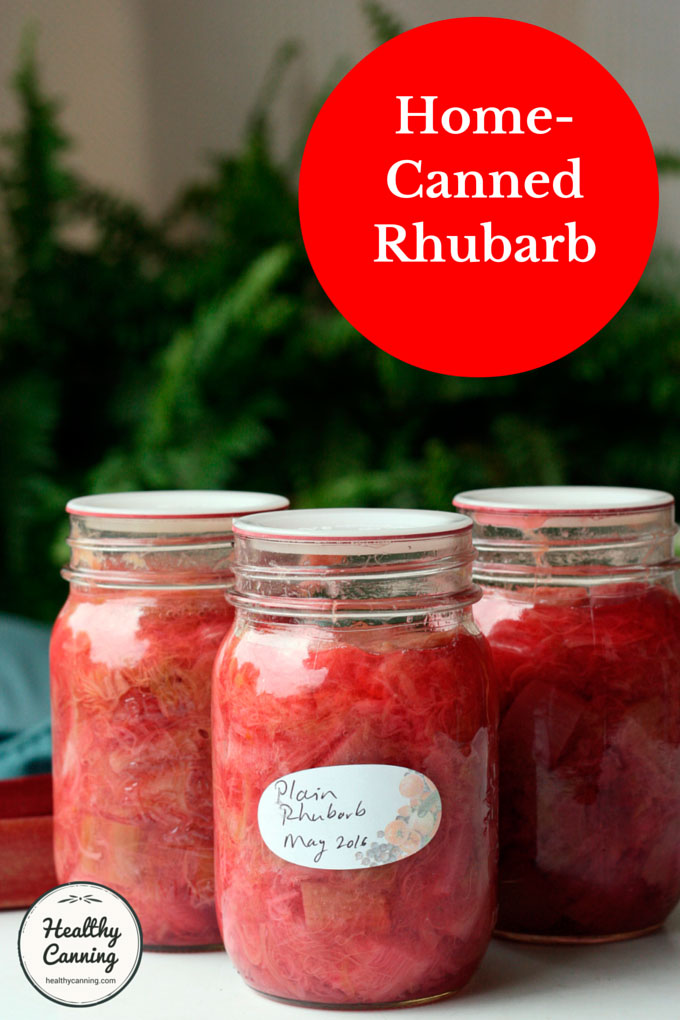
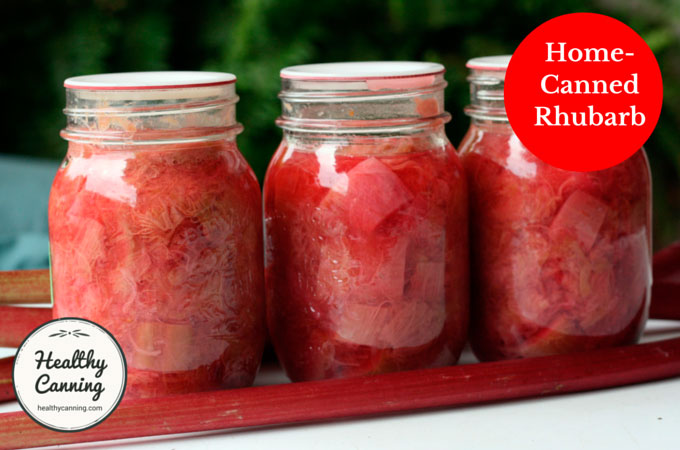
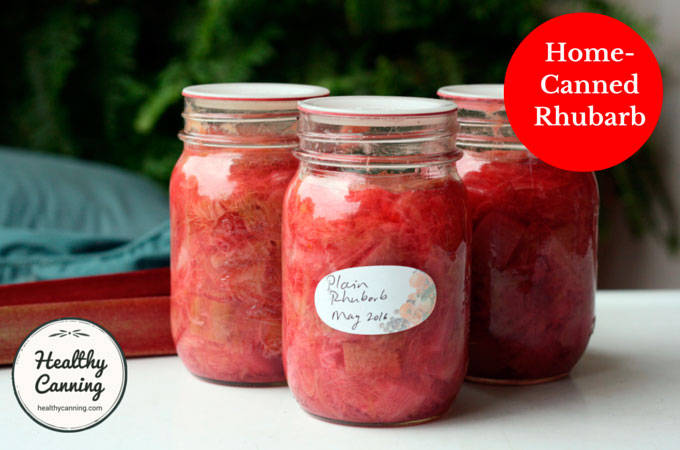
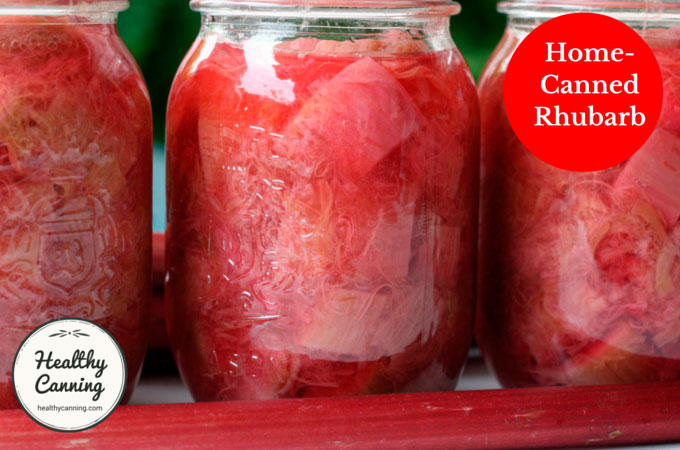
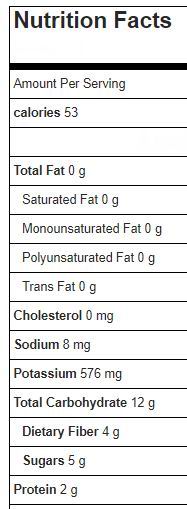
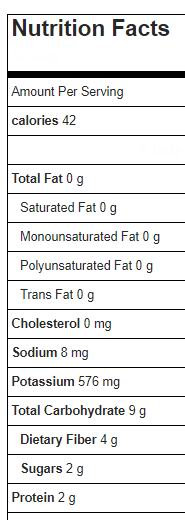
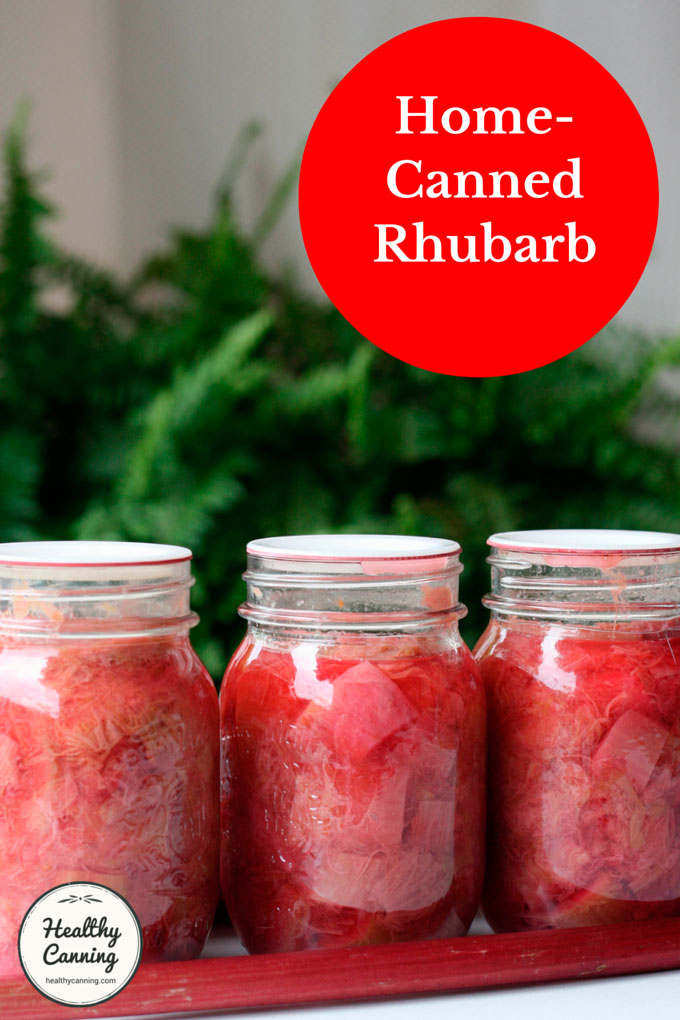
Denise Whicher
I have frozen rhubarb. Do I have to thaw? How can I can this?
Connie Goings
i have some jars of canned rhubarb i was wondering if i can make jelly out of it?
lynn
where does the water come in?
Healthy Canning
No water is used, just the juice off the rhubarb.
Joann
You mentioned rhubarb with sugar to leave 1/2 inch headspace. Then in the list for sugar-free rhubarb you state 1 inch headspace. Then in recipe for filling the jars for sugar-free you mention 1/2 inch headspace. What should the headspace be for the sugar-free rhubarb. Is there a difference for fresh to frozen in the headspace? Also, can the frozen rhubarb just be un-thawed in it’s freezer bag at room temperature?
Healthy Canning
Thank you for catching that. Corrections made, the headspaces are the same for all. Unthawing is refreezing! The National Center gives these thawing directions for fruit: “Frozen fruit in the package can be thawed in the refrigerator, under running water, or in a microwave oven if thawed immediately before use. Turn the package several times for more even thawing. Allow 6 to 8 hours in the refrigerator for thawing a 1 pound package of fruit packed in syrup. Allow ½ to 1 hour for thawing in running cool water.” https://nchfp.uga.edu/how/freeze/thawing.html
Adrien Bussom
I agree with you
Chris
How much headspace did you actually end up using? I know most high-acid food is supposed to be 1/2″, but you call for 1/2″, 0.8″ (2cm) and 1″ for the same recipe, and it looks like your jars ended up with more like 1″.
I’m mostly wondering because rhubarb has been giving me more issues than anything else I’ve tried to can. With 1/2″ headspace, if I don’t cook it down to complete mush and carefully skim all foam, any air trapped in the fruit forcefully presses the solids against the underside of the lid. With a standard 5 minute wait in the steam canner after processing, I can hear and see it hiss and bubble liquid out of the jar when I remove the lid. I actually had a Tattler lid pop off while I was tightening the band once because the fruit was pressing on it so hard. Right now I’m getting around it by leaving the jars in the canner for 45 minutes, but I still have to invert them and work the solids out of the headspace after they cool. There is a lot of foam in the headspace afterwards.
Healthy Canning
If you are using Tattler lids, give an extra 1/4 inch headspace. When steam canning, be sure to NOT have the steam temperature too high or you’ll get a lot of venting of the jars. See here: https://www.healthycanning.com/victorio-steam-canners/#great-big-billowing-clouds-of-steam-raising-the-lid